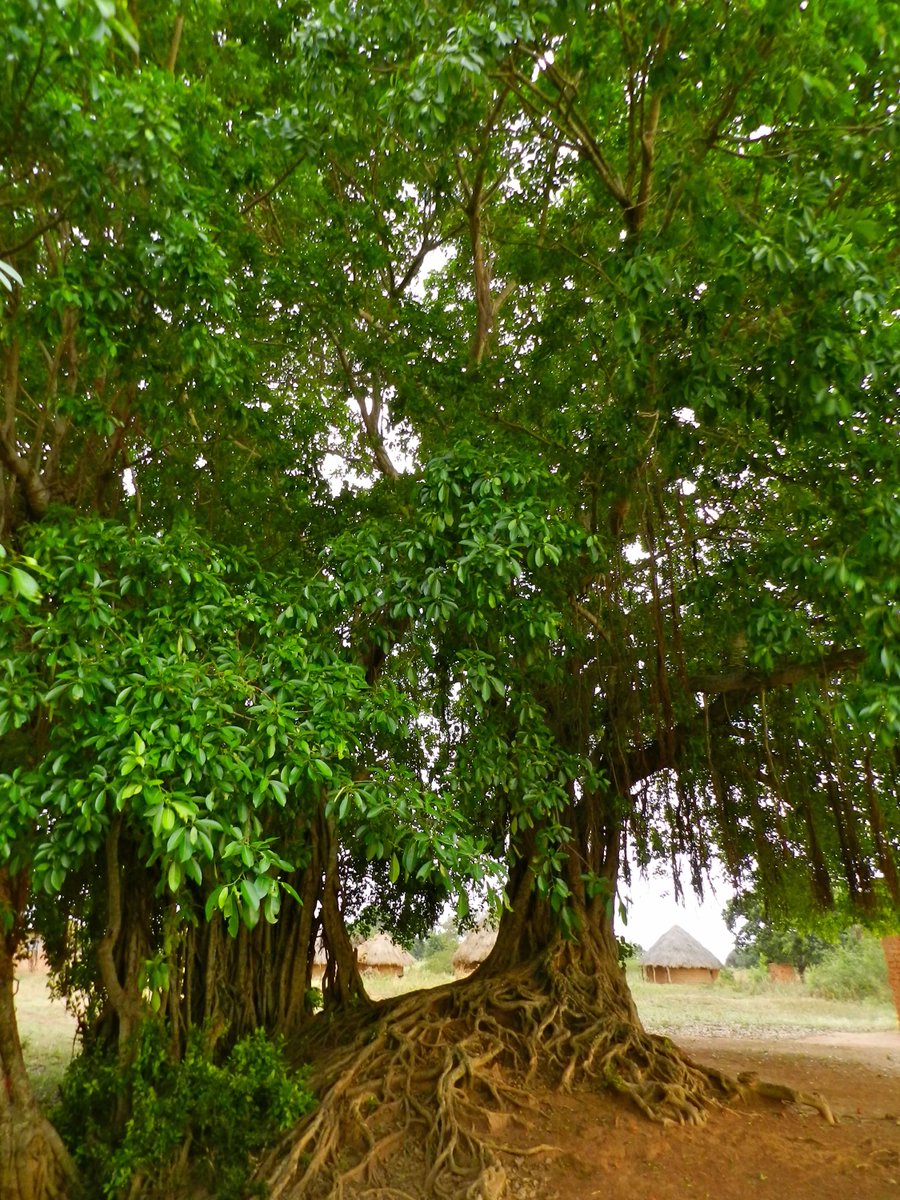
On Teso political history. In my mind, Ugandan scholarship has much work to do in including Tesoland. As many of us will know, The word -teso derived from the older gloss ates, or child, a word that was used to identify the younger, migrating communities from the 1/11
'old men’ who stayed behind, or the Karamojong, derived from aikar ‘to stay behind’ and imojong ‘the old men’. Changing vocabularies and oral histories suggest that a critique of central authority accompanied Teso’s aspiring ‘youth’. 2/11
Colonial Tesoland became one of Uganda's wealthiest regions. In fact, according to one report, it was the highest cigarette-consuming region in eastern Africa, which speaks to expanding capital markets in the region. 3/11
It is tragic that much of the power & sophistication of Teso society was ignored in colonial history writing, mostly b/c scholars were obsessed w/ kingdoms. In the postcolonial period, scholars have also tended to ignore Tesoland, focusing on northern Uganda instead. 4/11
But it is impossible to understand the history of Uganda without taking Teso politics seriously. 5/11
In the precolonial period, it was an important site of regional migration throughout eastern Africa, seen in the majestic artwork of the Nyero rock paintings, which were produced between 1000 and 3000 years ago. 6/11 



In the early colonial period, Semei Kakungulu struggled to navigate Ateso and local politics. In these three pictures, we see the site of one of Kakungulu's first forts in the area, a picture of early colonial converts near Ngora, and one of the region's early church cards. 7/11 





During the 1940s/1950s, Tesoland was one of the country's most important areas for the development of trade unions and ideas about distributive capital, best articulated by the statesman Cuthburt Obwangor, seen here at Uganda's constitutional conference. 8/11 

Due to Tesoland's prominence in national politics, it was not a coincidence that Uganda's national flag was raised by Kanuti Akorimo, who is interviewed here: 9/11
In the postcolony, following the formation of FOBA, the Ugandan government worked extensively to undermine regional wealth and power in Tesoland, culminating in the horrors of the Mukura massacre in 1989. 10/11 

Today, women's movements and Teso leaders continue to expand regional opportunities and to restore older cultural registers of power, including Ajosi, which had declined during the time of insurgency. 11/11 

^^correction: 8/11 Cuthbert (not Cuthburt).
• • •
Missing some Tweet in this thread? You can try to
force a refresh




